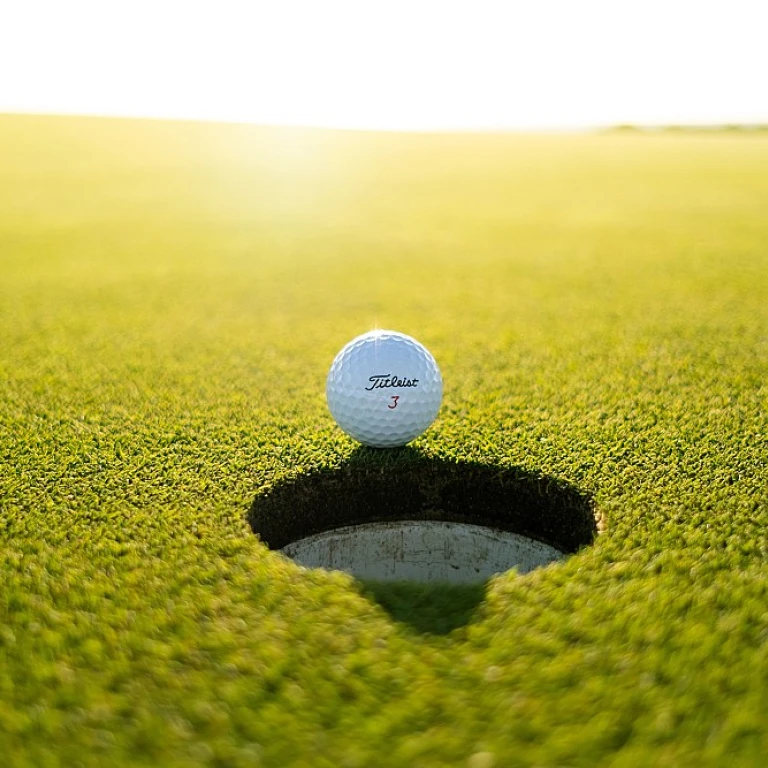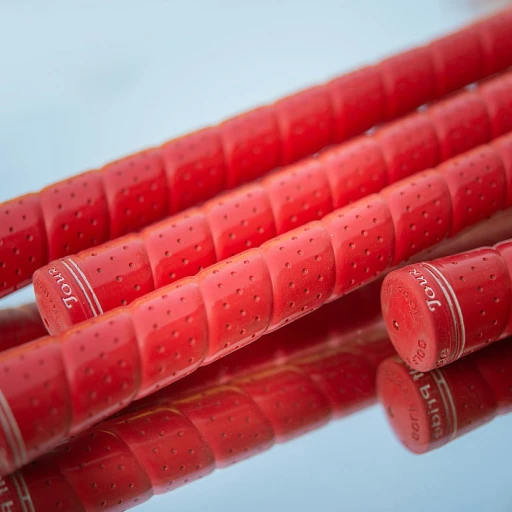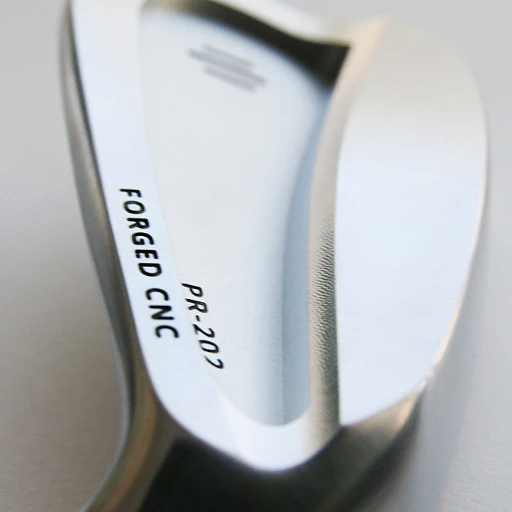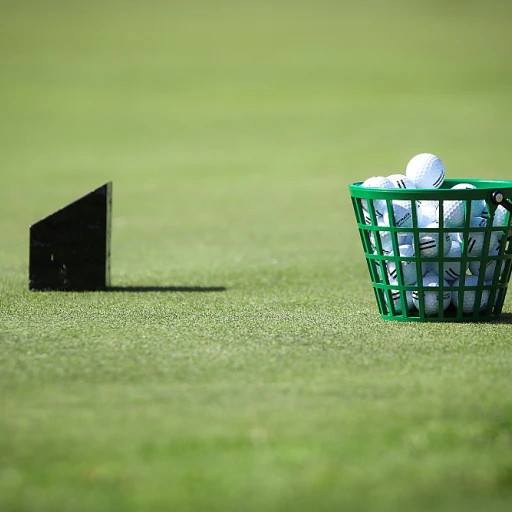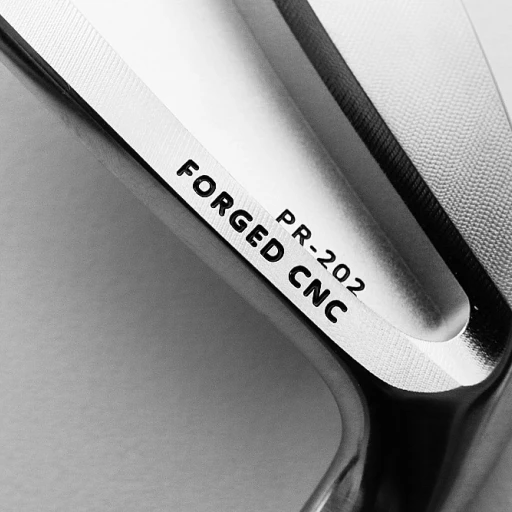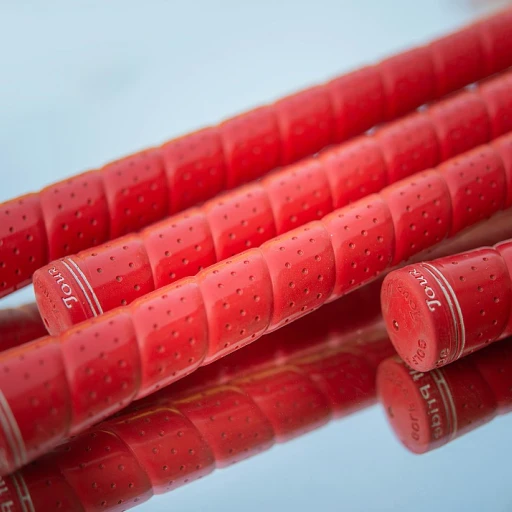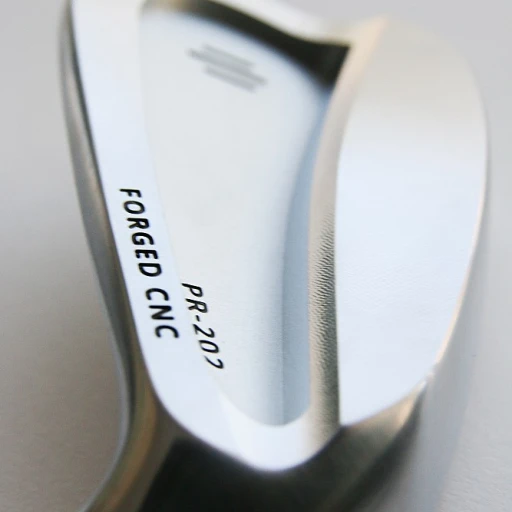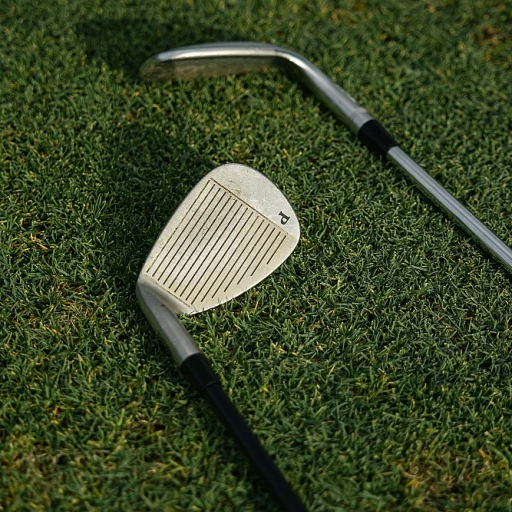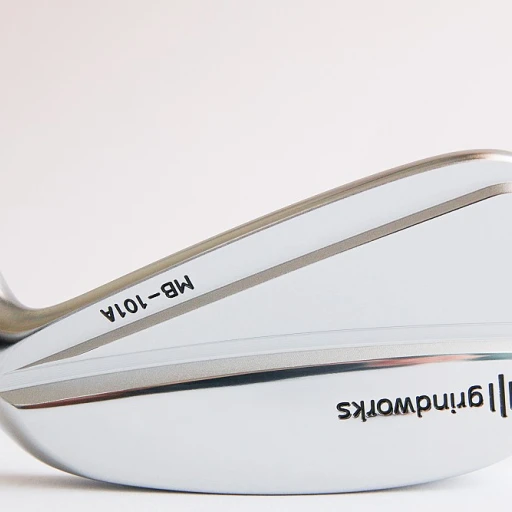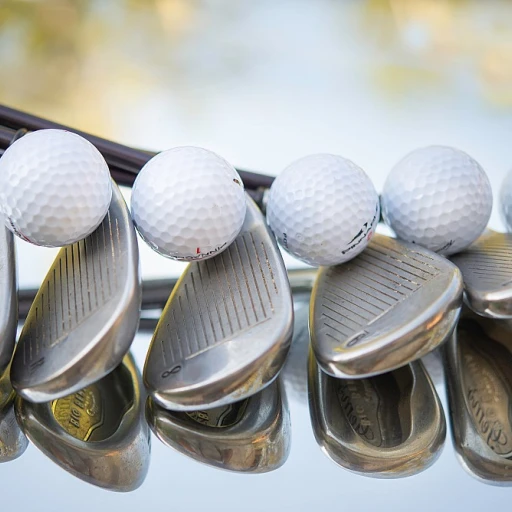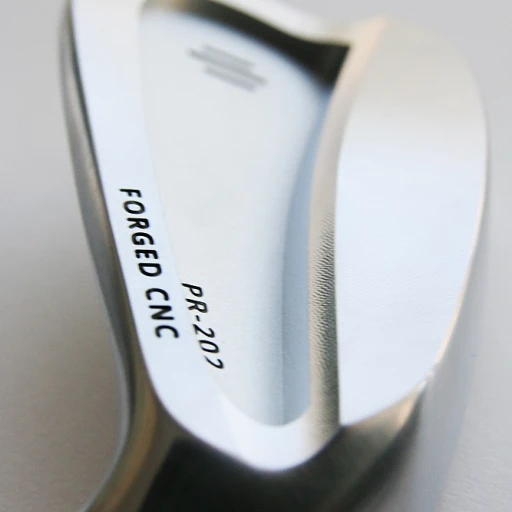
Understanding the Basics of Golf Ball Construction
Unpacking Golf Ball Technology
Understanding the intricacies of golf ball construction can significantly influence a golfer's performance on the course. Modern golf balls are marvels of engineering, designed to balance distance, control, and feel. When selecting the right ball, it’s essential to consider several key components. At the heart of any golf ball is its core. The core's composition, usually made from rubber or similar materials, plays a crucial role in determining the ball's compression and overall distance capabilities. A multitude of core types exist across brands such as Titleist and Callaway, each offering distinct performance characteristics. Surrounding the core lies the mantle layer in multi-piece balls. For instance, in a three-piece ball or four-piece ball setup, this layer can affect how energy is transferred during a strike, influencing both spin and control. Typically, tour-level balls designed by brands like TaylorMade and Srixon focus heavily on this layer to optimize performance. The outer covering of a golf ball is predominantly crafted from either urethane or Surlyn. Each material offers unique benefits, like creating different feels upon impact. Urethane covers, found in top-tier balls like those from Pro V1 by Titleist, usually provide a softer feel and enhanced control. Dimple patterns on the outer shell are pivotal in aerodynamics. These patterns determine how the ball behaves in flight, affecting both distance and accuracy. Different patterns result in varying degrees of lift and drag, making the choice of dimple pattern a strategic decision for high-caliber golfers seeking optimal performance. For those interested in exploring how golf ball construction factors into other aspects of their equipment, it's worth noting the relationship between these variables and others, such as driver shaft stiffness—a discussion detailed in our "understanding-the-importance-of-driver-shaft-stiffness-in-luxury-golf-clubs" blog post.The Role of Compression in Golf Ball Performance
The Impact of Compression on Your Swing
Selecting the right golf ball involves more than just choosing a brand that your favorite golfers might endorse. Understanding how compression influences your swing can significantly elevate your game. Compression in golf balls refers to how much the ball deforms upon impact, which is crucial in terms of distance and feel. Typically, the compression rating of a golf ball can range from 30 to 120. Here's why it's important:- Low Compression Balls: Ideal for slower swing speeds (under 85 mph), these balls are designed to offer a softer feel and more distance. Titleist golf balls, for example, often cater to golfers seeking top-notch comfort with each stroke.
- Medium Compression Balls: These are suitable for a moderate swing speed (85-100 mph). They provide a balanced feel and are great for players who want a mix of distance and control.
- High Compression Balls: Players with a faster swing speed (over 100 mph), such as those on the tour, will benefit from balls that require more force to compress. Brands like Callaway and Srixon offer balls tailored for this category, delivering advanced performance and precision.
Spin Control: Finding the Right Balance
Mastering the Art of Spin for Precision Play
When it comes to selecting golf balls, discerning golfers must consider how spin affects their game. Spin control plays a vital role in achieving the right trajectory and stopping power, especially around the greens. Manufacturers such as Titleist, Callaway, and TaylorMade offer specialized designs to cater to varying spin needs.
Spin begins with the ball's core, layer structure, and cover material. Multi-layer constructions help deliver a balance between high spin and low spin conditions. A three-piece ball, for instance, often provides a soft feel and enhanced spin control compared to a two-piece counterpart. Titleist golf balls encompass these intricate designs, using soft outer layers to offer increased spin while maintaining distance.
Dimple patterns also influence spin. Well-designed dimples, featured in top balls, like those from Srixon, assist in stabilizing the ball's flight and enhancing control. A common trait in tour-level balls from brands like Pro V1 by Titleist and TaylorMade's TP5 series is their ability to produce high spin during short-game shots, offering golfers more flexibility to manipulate their ball around the course.
While understanding ball construction and compression aids performance, mastering spin can really set your game apart. Consider trying out various types of golf balls to identify which offers the right spin balance for your strokes. Explore the variety offered by different manufacturers and embrace the elements to achieve a level of precision that complements your playing style. Explore the variety offered by different manufacturers and embrace the elements.
Distance vs. Control: Choosing the Right Ball for Your Game
Balancing Power and Precision in Golf Ball Selection
In the luxurious world of golf, discerning golfers often face the pertinent choice between distance and control when selecting a ball. It's a fundamental dichotomy that influences every stroke on the greens. Both aspects are intriguingly interwoven into the core architecture of the golf ball. When evaluating your options, you'll notice that golf balls with a 'distance' focus are crafted to help you maximize yardage off the tee. These usually feature a harder core allowing for enhanced energy transfer upon impact, resulting in longer drives. Brands like Srixon, Callaway, and Taylormade offer high-performance models with top-end distance capabilities. On the flip side, if finesse around the green is what you seek, balls emphasizing 'control' are your go-to. Titleist's renowned Pro series and multi-layered constructions provide golfers with more spin and feel, aiding in precise short game performance. Such balls often boast softer outer layers that facilitate spin control—the key to mastering difficult shots that require deft touch. When shopping for golf balls, it's essential to balance these two attributes according to your playing style. An avid golfer at the top of their game might prefer the nuanced blend offered by a three-piece construction ball, delivering the soft feel necessary for short wedges while maintaining formidable distance off the longer irons. Brands are continuously engineering innovations in ball construction, such as varying dimple patterns to acls fill theses dual purposes. Whether you often find yourself in the pro shop or testing different balls on tour courses, your choice boils down to how each element aligns with your personal performance objectives. Remember, trial and feedback from your rounds can also provide valuable insights into your ideal ball selection. In conclusion, carefully weighing distance and control factors against your playing needs can lead to a more effective and enjoyable golfing experience, no matter the course conditions. Each golfer has unique strengths and preferences, and embracing the diversity in golf ball offerings allows for a more tailored approach to achieving that perfect game.Luxury Golf Balls: What Sets Them Apart
Luxury Golf Balls: Redefining Excellence
For those who seek the epitome of performance and sophistication on the golf course, luxury golf balls are designed to exceed expectations. These premium balls are crafted with meticulous attention to detail, incorporating the finest materials and advanced technologies, often boasting features that are not found in standard offerings. But what truly sets them apart in the realm of golf balls?
Firstly, luxury golf balls often utilize a multi-layer construction, which contributes to a balanced blend of distance, control, and spin capabilities. The inclusion of high-quality layers, such as a urethane cover, offers superior durability and a soft feel, ensuring an optimal playing experience for discerning golfers who demand precision with every stroke width.
Brands like Titleist, Callaway, and Taylormade have set benchmarks in the industry with their luxury ranges, offering models specifically engineered to cater to the needs of tour golfers. Whether it's the three-piece construction or the strategic placement of the core material, each aspect of these balls is tailored for unmatched performance.
Dimple patterns on these golf balls are not just for aesthetics; they play a critical role in optimizing aerodynamics. Precision in dimple design can enhance how the ball behaves during flight, crucial for achieving long-distance shots while maintaining control. Moreover, the role of compression—a subject previously discussed—complements this, as it aligns with specific swing speeds for enhanced performance.
Customization options further add to the allure of luxury golf balls. Some high-end models offer personal engraving or unique color options, providing not only functionality but also a touch of personal flair, which can make a world of difference in competitive or social settings.
In summary, what distinguishes luxury golf balls is their unmatched quality and the attention to personalization, ensuring that they cater to every golfer's specific needs, no matter how precise or varied. If you're considering a switch from standard to premium, evaluating the brands and technical specifications mentioned can significantly enhance your game, transforming each round into a luxury experience.
Personalizing Your Golf Ball Selection
Tailoring Your Selection to Match Your Unique Style
When it comes to selecting a golf ball that's just right for you, it's essential to consider your individual playing style and preferences. The world of luxury golf balls offers a sophistication that goes beyond basic needs, providing an array of options that can suit varying aspects of one's game.
One vital element to consider is the dimple patterns found on the surface of the ball. These are not just for aesthetics—they play a significant role in controlling the aerodynamic performance, affecting both spin and distance. Some top brands, like Titleist and Callaway, have perfected dimple patterns in their multi-layer constructions to satisfy both distance seekers and those looking to refine their spin and control.
The core of the golf ball is also of high importance. Brands like TaylorMade and Srixon offer high-compression cores designed to provide enhanced distance and ball speed, while others favor a soft feel in the core and cover that appeals to golfers seeking better greenside manners.
Luxury doesn't always mean one-size-fits-all. Recognizing whether a three-piece ball with a soft exterior or a more robust multi-piece design suits your stroke width is crucial. The key is finding a balance between the core and outer layers to match your personal preference and play style, ensuring each shot feels uniquely yours.
Lastly, the aesthetic aspect also lends a touch of class and personal expression, whether through custom logos, specialty colorways, or distinguished brand marks that make a statement on the course. As you refine your preferences and test out different balls designed for high performance, remember that this selection reflects not only your approach to the game but also your personal identity as a golfer.

